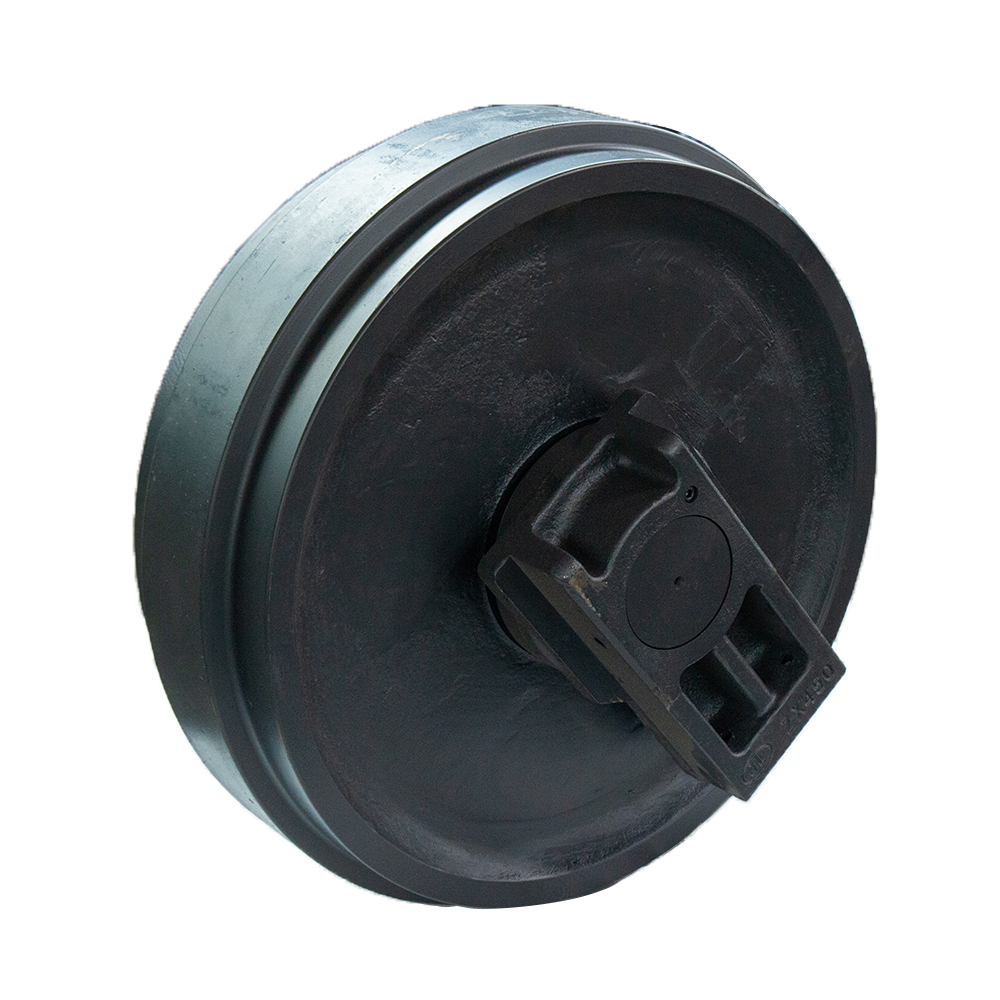In the realm of material handling, idlers often go unnoticed, yet they play a pivotal role in ensuring smooth and efficient operations. These rotating wheels or rollers support belts, chains, or tracks, facilitating the movement of materials with minimal downtime and reduced operating costs.
Understanding Idlers: A Closer Look

Idlers from idler manufacturer, come in various types, each serving a specific purpose:
- Live Idlers: These idlers rotate freely along with the conveyance system, providing tension and alignment to the belt or chain.
- Fixed Idlers: Unlike live idlers, fixed idlers remain stationary while the belt or chain moves over them, offering guidance and support.
- Return Idlers: These idlers guide the belt or chain back to the head pulley in a conveying system, ensuring a smooth return path.
- Front Idlers: Positioned at the infeed point of conveyors, front idlers direct the belt or chain onto the system.
Materials and Construction
Idlers are typically crafted from durable materials such as steel, aluminum, or polymer. Sealed bearings or bushings enhance their longevity, ensuring smooth operation with reduced maintenance requirements.
Functions of Idlers in Material Handling Systems
Idlers perform several essential functions within material handling systems:
- Load Transmission: Idlers bear the weight of the conveyed material, ensuring smooth movement along the belt or chain.
- Guidance and Alignment: By keeping the belt or chain centered and aligned, idlers prevent misalignment and potential damage to the system.
- Tension Maintenance: Live idlers maintain appropriate tension in the conveyance, ensuring efficient material movement.
- Wear Reduction: Idlers minimize friction and distribute load effectively, reducing wear and tear on belts and chains.
- Vibration Dampening: Idlers help absorb vibrations generated by the moving material, contributing to smoother operation.
- Energy Efficiency: Smooth-turning idlers reduce energy loss resulting from friction, enhancing the overall efficiency of the system.
Selection Criteria for Idlers
When choosing replacement idlers for your conveyor or track system, consider the following factors:
- Load Rating: Ensure that the selected idler can support the weight of the conveyed material without compromising performance.
- Size: Outer diameter, width, and bore dimensions should match the specific requirements of your system.
- Material: Choose idlers made from durable materials like steel, aluminum, or polymer, depending on the application and environmental conditions.
- Bearings/Bushings: Opt for idlers with sealed bearings or bushings to extend their lifespan and minimize maintenance needs.
- Auxiliary Functions: Consider idlers with additional features such as roller detect, belt cleaners, or other accessories that enhance system functionality.
- Warranty: A longer warranty period often indicates better-quality idlers designed to withstand the rigors of your application.
By carefully selecting and maintaining idlers, you can optimize the performance of your material handling systems, ensuring efficient and reliable operations while minimizing downtime and maintenance costs.
